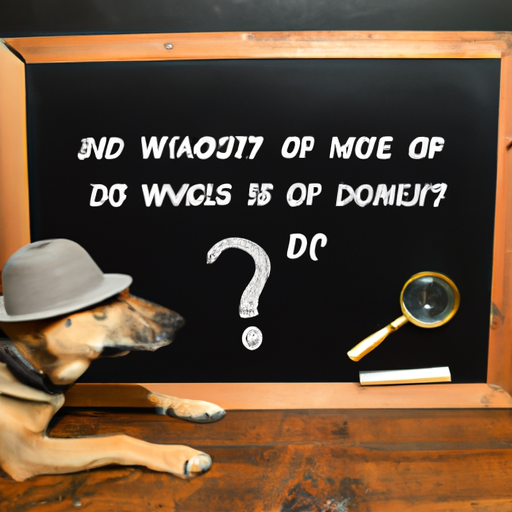Understanding the Terminology
You might have heard dogs being referred to as ‘K9’ and wondered about the origin of this term. To put it simply, ‘K9’ is a homophone of ‘canine’, which is derived from the Latin word ‘canis’ meaning dog. This term has been popularized by police and military forces, who often use ‘K9 Units’ to refer to their trained service dogs.
The History of K9
The use of the term ‘K9’ dates back to World War II. The U.S. military referred to their War Dog Program as the ‘K9 Corps. These brave dogs were trained for various roles including, sentry duty, scouting, and even delivering messages.
While the term was initially used in the military, it soon spread to other areas. Now, ‘K9’ has a wide usage, and it’s used to refer to trained working dogs in various professions, not just police and military.
The Role of K9 Dogs
K9 dogs are not just ordinary pets, they are highly trained professionals. Here’s a quick rundown of their roles:
- Police Dogs: They assist law enforcement in various tasks such as detecting drugs and explosives, locating missing people, and finding crime scene evidence.
- Search and Rescue Dogs: They are trained to locate missing individuals in various environments.
- Military Dogs: They play a key role in the military, performing tasks such as detecting explosives and guarding facilities.
The Training Involved
Training a dog for K9 duty is a rigorous process that requires patience, skill, and a deep understanding of canine behavior. The training is comprehensive and includes:
- Basic obedience training
- Socialization experiences
- Specific skill training (based on their intended role)
- Regular physical and mental exercise
| Stage | Duration | Focus Area |
|---|---|---|
| Puppy Training | 8-10 weeks | Socialization, basic commands |
| Basic Training | 3-6 months | Obedience, exposure to different environments |
| Advanced Training | 6-12 months | Task-specific skills, continuous reinforcement |
The Special Bond
The bond between a K9 and their handler is special. It’s a partnership based on trust, respect, and mutual understanding. The handlers spend countless hours with their canine partners, which allows them to communicate seamlessly in high-pressure situations.
FAQ Section
Q: What breeds are commonly used in K9 units?
A: German Shepherds, Belgian Malinois, and Labrador Retrievers are among the most common breeds used.
Q: How long does it take to train a K9 dog?
A: Training duration can vary but it typically takes anywhere from 1 to 2 years.
Q: Can K9 dogs live a normal life after retirement?
A: Yes, many retired K9 dogs are adopted into loving homes where they live out their golden years in comfort.
Q: Are K9 and police dogs the same?
A: Yes, K9 is just another term for police dogs.
As a caregiver, understanding the term ‘K9’ gives you a window into the world of these incredible animals. It’s not just a title, but a testament to their skills, dedication, and the crucial roles they play in our society.



